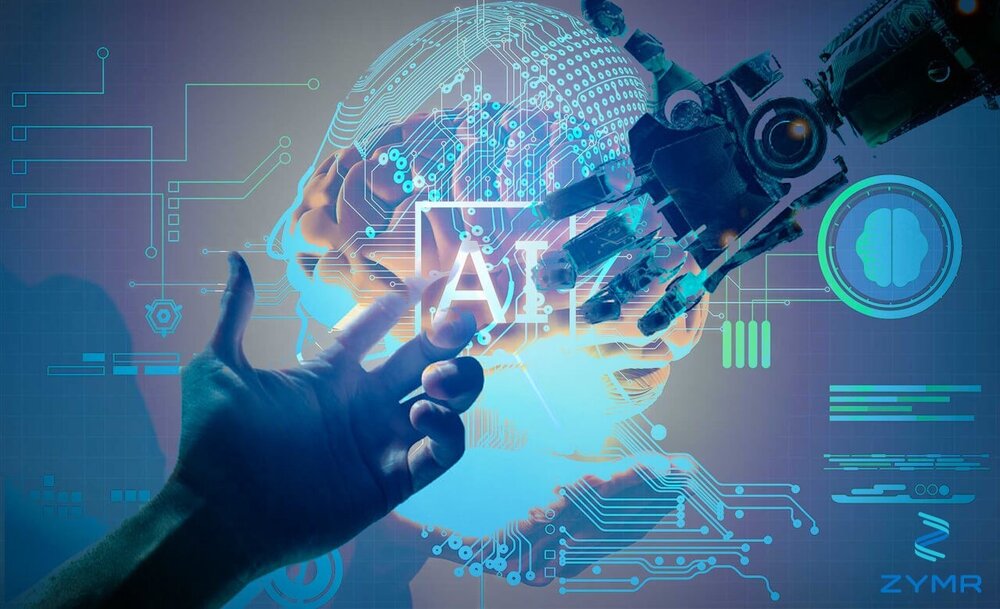INTERACTIVE TECHNOLOGY TAKES CENTER STAGE: 5 KEY TRENDS SHAPING USER EXPERIENCE IN 2025
2025 marks a pivotal shift in how personalization and enhanced user experiences are driven by interactive technologies. Beyond simply “making an impression,” today’s innovations usher in an era of intelligent experiences, where users are empowered to actively engage with vivid, immersive content. Alta Media offers expert insights into five standout interactive technology trends that will define user experiences in 2025.
User experience is no longer just about “touchpoints”—it has evolved into an emotional journey, where every interaction must deliver seamless, emotionally engaging, and personalized value at every stage. The rapid pace of technological advancement has shaped a new generation of digital users who are more discerning than ever. They expect responsive, multidimensional, real-time interactions that adapt to their personal needs. In this landscape, staying ahead of the curve by adopting the leading interactive technology trends of 2025 is the key to elevating customer experiences and maximizing business outcomes.

Mixed Reality Delivers Immersive, Hyper-Real Experiences
Mixed Reality – Bridging Virtual and Physical Worlds
Mixed Reality (MR) — a powerful blend of Virtual Reality (VR) and Augmented Reality (AR) — creates a fully interactive environment where digital objects not only appear in the real world but also respond to users and surroundings in real time. MR goes far beyond simple information overlays: it creates intuitive and immersive user interactions that allow users to touch, rotate, move, and manipulate digital elements as if they physically existed.
In malls, showrooms, and experiential events, MR unlocks new ways for customers to interact with products, without even touching them. From virtually testing furniture in a real-world setting via wearable devices to accessing step-by-step tutorials projected directly on retail shelves, MR delivers vivid, intuitive, and convincing encounters. Customers can rotate, zoom in, change colors, or modify product features right before their eyes, transforming each engagement into a tailored exploratory experience. MR is the bridge between the physical and digital realms, helping brands leave a lasting impression on users’ minds.
Real-Time Personalization Powered by AI
Artificial Intelligence (AI) is fundamentally reshaping how brands connect with consumers. By collecting and analyzing behavioral data, AI enables interactive systems to deliver personalized content in real time. Static screens are becoming a thing of the past — now, every customer engaging with a smart kiosk or digital signage can receive tailored messages, promotions, or product recommendations specific to their preferences.
Gamification: Turning Interaction into Engagement
Gamification is no longer reserved for gaming — it’s becoming a strategic pillar in user experience design. By incorporating game-like elements such as challenges, points, levels, and leaderboards, brands can transform simple interactions into emotionally compelling, reward-driven digital engagements.
In the media and event space, Alta Media is actively integrating gamification into interactive activations and exhibition setups. At booths and immersive zones, visitors can scan QR codes to join mini-games, collect points, unlock hidden content, and win prizes, transforming passive viewership into active exploration.
Beyond boosting engagement, gamification is a powerful tool for collecting behavioral data, analyzing preferences, and optimizing communication and sales strategies. By making experiences “playable,” users become more enthusiastic, involved, and likely to return, creating sustained brand-consumer connections.

Smart Displays and Real-Time Interaction
In the digital age, display technology has evolved far beyond static content. Smart displays now integrate AI, sensors, big data, and remote controls, redefining real-time information delivery and audience interaction. Users no longer simply watch — they interact. They can touch, scan, gesture, and even use voice commands to engage with content.
The standout feature of this trend is its instant responsiveness to user behavior, allowing real-time personalization and extended attention spans. In retail, smart screens can adapt content based on age, gender, or facial expressions. At conferences and events, interactive displays enable real-time voting, live Q&A, and audience participation, fostering deeper engagement and co-creation.
Modern display tech is no longer just visually impactful — it’s a two-way communication bridge, where every glance becomes a valuable interaction.
360° Projection & Interactive LED
LED technology has moved beyond simple display — it’s now an intelligent interaction tool. By integrating sensors, LED screens can respond to viewer movements, adapting visuals and lighting based on position, speed, or even emotions (with AI-powered cameras).
Alta Media is at the forefront of this evolution, pioneering transparent LED, curved LED, and mesh LED formats, paired with real-time content control systems. This advancement enables brands to create immersive, reactive environments where lighting and visuals dynamically adjust to user behavior, creating deeply immersive, multi-sensory user journeys.
